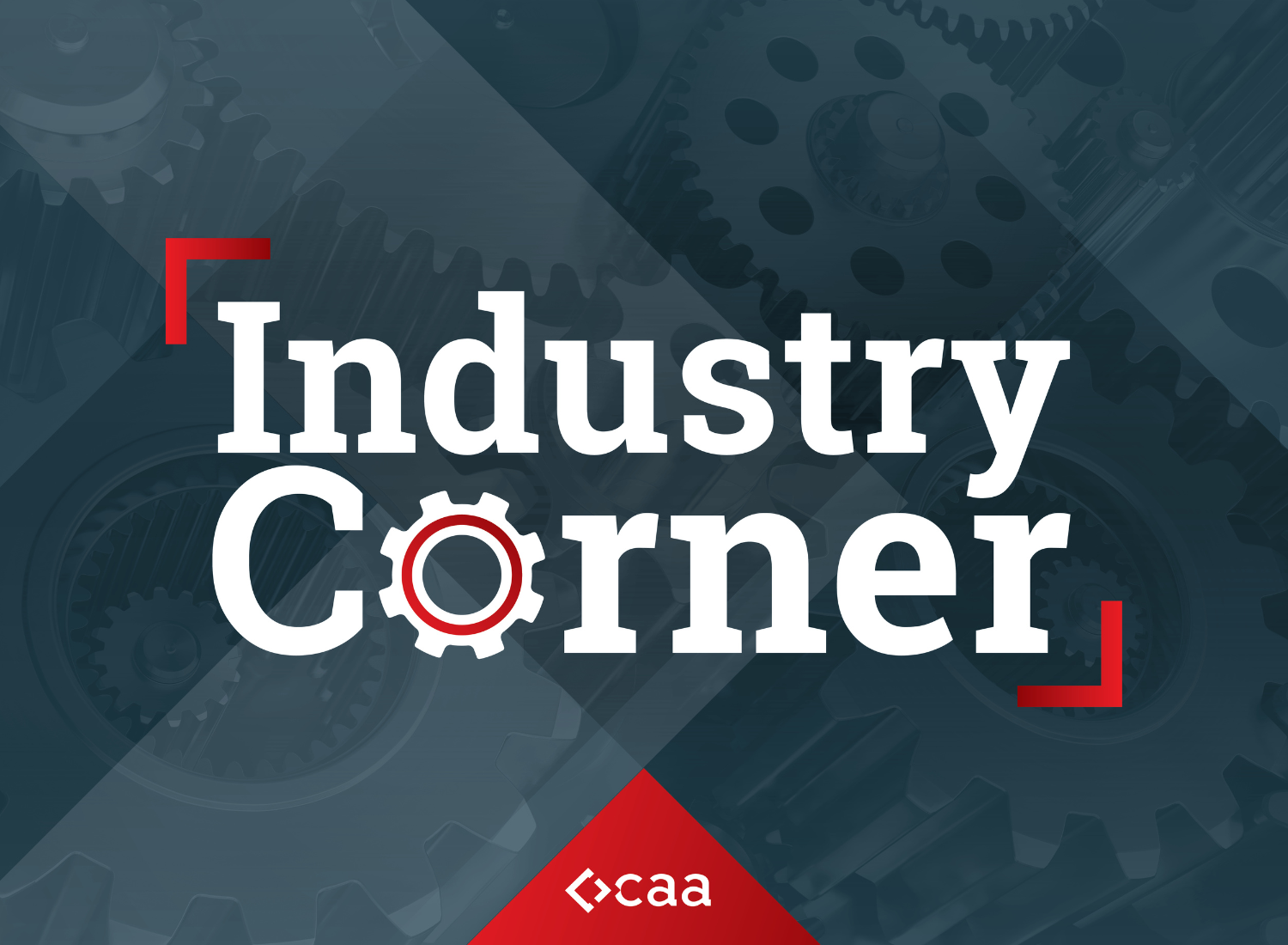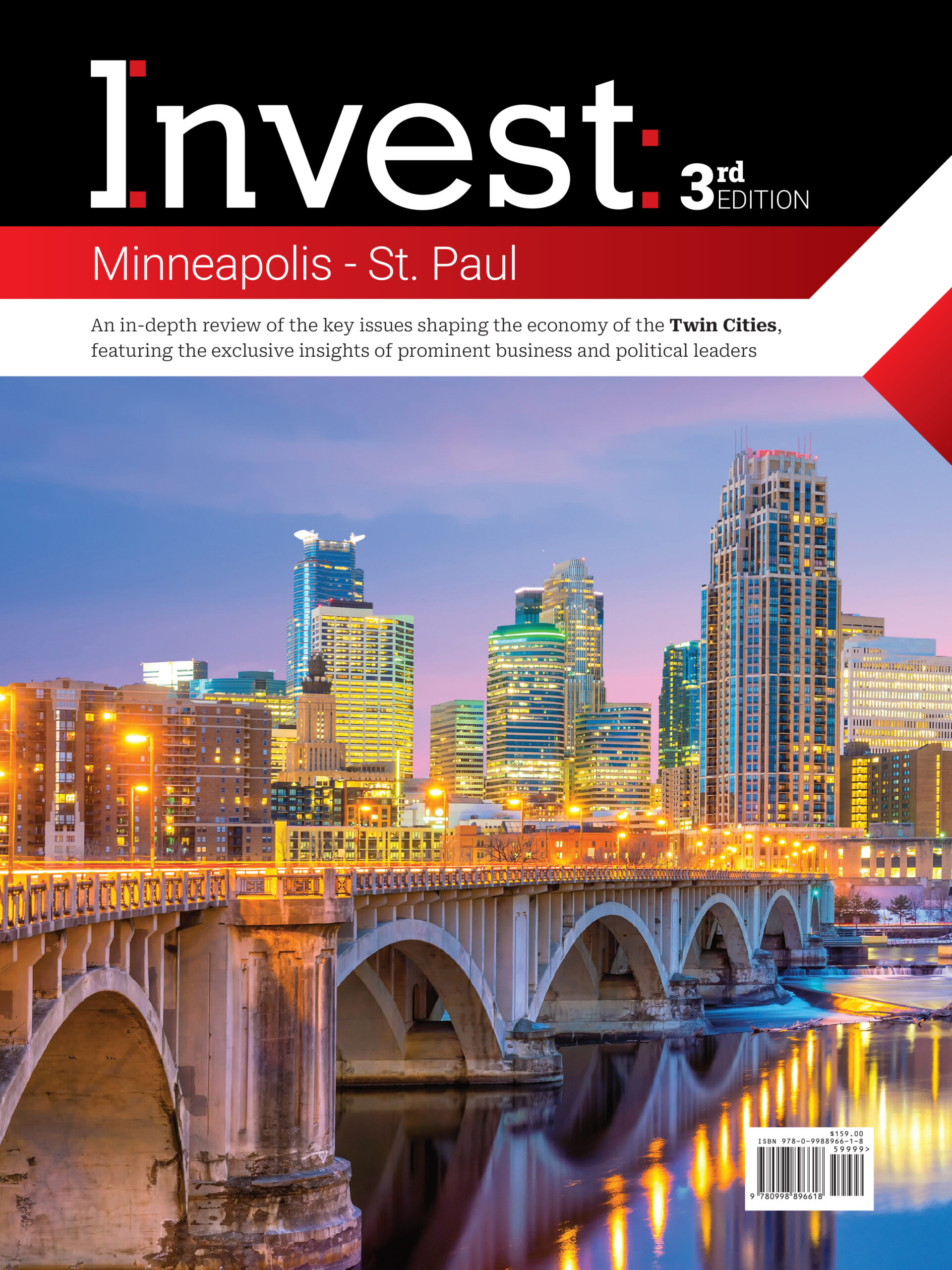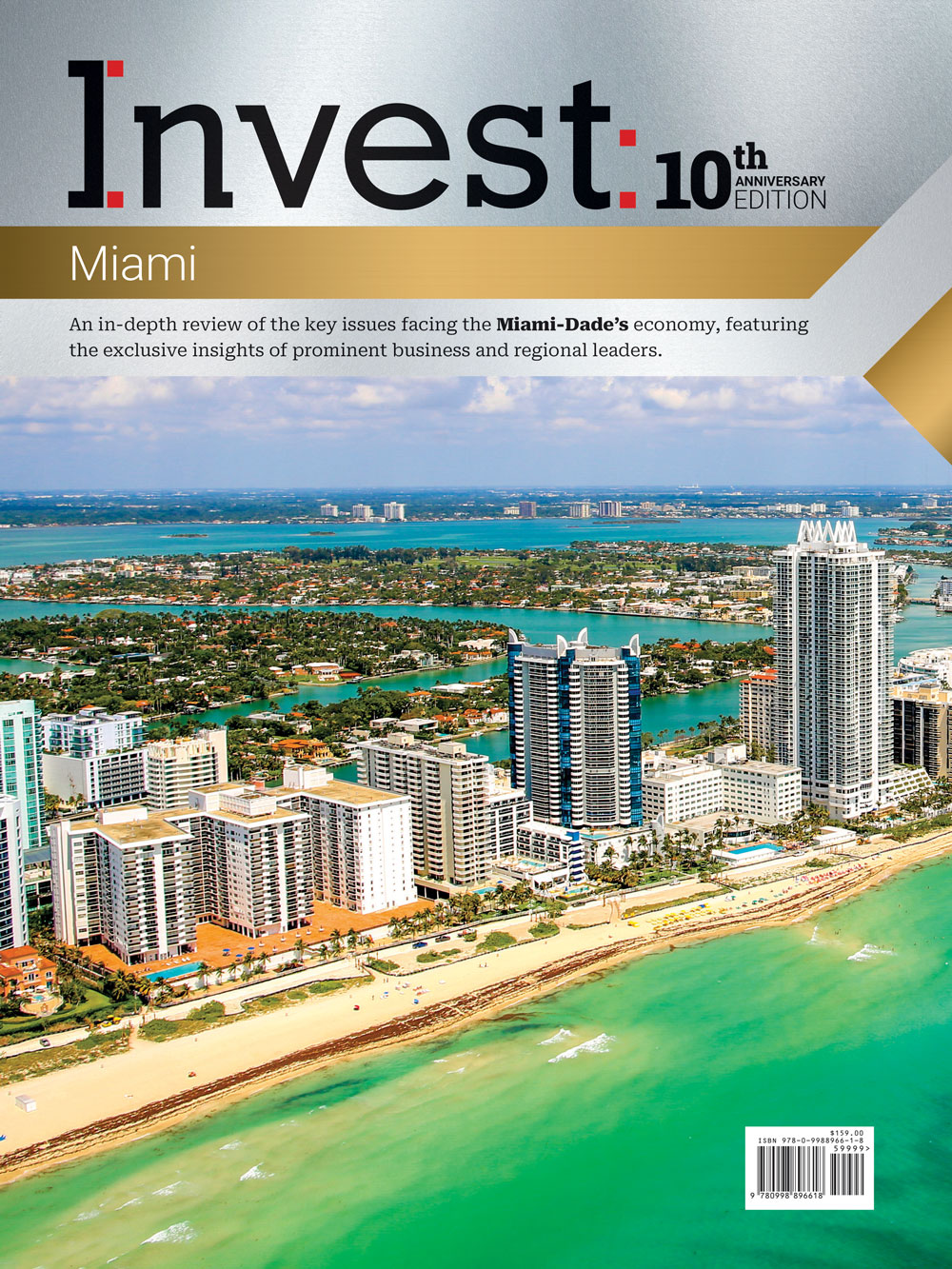Spotlight On: John Grady, Senior Vice President, NE Region Executive, Wexford Science & Technology
[fusion_builder_container type=”flex” hundred_percent=”no” equal_height_columns=”no” menu_anchor=”” hide_on_mobile=”small-visibility,medium-visibility,large-visibility” class=”” id=”” background_color=”” background_image=”” background_position=”center center” background_repeat=”no-repeat” fade=”no” background_parallax=”none” parallax_speed=”0.3″ video_mp4=”” video_webm=”” video_ogv=”” video_url=”” video_aspect_ratio=”16:9″ video_loop=”yes” video_mute=”yes” overlay_color=”” video_preview_image=”” border_color=”” border_style=”solid” padding_top=”” padding_bottom=”” padding_left=”” padding_right=””][fusion_builder_row][fusion_builder_column type=”1_1″ layout=”1_1″ background_position=”left top” background_color=”” border_color=”” border_style=”solid” border_position=”all” spacing=”yes” background_image=”” background_repeat=”no-repeat” padding_top=”” padding_right=”” padding_bottom=”” padding_left=”” margin_top=”0px” margin_bottom=”0px” class=”” id=”” animation_type=”” animation_speed=”0.3″ animation_direction=”left” hide_on_mobile=”small-visibility,medium-visibility,large-visibility” center_content=”no” last=”true” min_height=”” hover_type=”none” link=”” border_sizes_top=”” border_sizes_bottom=”” border_sizes_left=”” border_sizes_right=”” first=”true”][fusion_text] November 2023 — In an interview with Invest:, John Grady, senior vice president at development company Wexford Science & Technology, talked about the notable shift in the commercialization of research within Philadelphia, how the life sciences sector is driving long-term demand for real estate in the region and the company’s commitment to developing mixed-use communities.
November 2023 — In an interview with Invest:, John Grady, senior vice president at development company Wexford Science & Technology, talked about the notable shift in the commercialization of research within Philadelphia, how the life sciences sector is driving long-term demand for real estate in the region and the company’s commitment to developing mixed-use communities.
What have been the overall contributions or impact of Wexford Science and Technology in the Philadelphia region?
Wexford has played a prominent role in Philadelphia as a leading developer of life science spaces and innovation communities for more than 17 years now. While it may seem like overnight success to many newcomers, it’s a result of our long-term commitment to building success incrementally. We haven’t just been developing real estate; we’ve been partnering with institutions like Penn, Drexel and the Science Center as well as private industry and government to nurture an ecosystem in uCity Square. The larger community of stakeholder’s dedication to creating a thriving community here, fostering talent and building connections has been key to the flourishing life sciences ecosystem, particularly across University City, over the last five or six years.
What are some of the features and amenities at One uCity Square?
One uCity, I believe, stands as the most cutting-edge purpose-built laboratory facility available in the market. Its value lies in its integration as a vital component of the larger uCity Square community. To date, we’ve developed over 2 million square feet encompassing labs, offices, academic spaces, clinical facilities and residential areas, forming a vibrant and sizable community. This community attracts thousands of professionals across various sectors daily, fostering collaboration, mutual growth and synergy.
What’s particularly impressive about UCity Square is that we initiated the construction of this 400,000-square-foot building just before the pandemic, with no confirmed tenants. We ventured into this project speculatively. As of September 2023, I’m proud to share that the building is 93% leased. This achievement underscores the depth of the Philadelphia market, demonstrating its capacity to support a wide range of companies, from small startups to medium-sized enterprises to universities and larger corporations. It also emphasizes the demand for top-tier, purpose-built facilities to support world-class people and their research in the region.
How do you strike a balance between maximizing space and assets while also considering the needs and desires of mixed-use community project residents?
I believe the primary driving force for us revolves around talent. Employers, whether they are universities or private companies, both young and well-established, are intensely committed to establishing an environment and community where employees genuinely look forward to coming to work each day. This sentiment aligns with the broader context of balancing the work-from-home trend and what will ultimately encourage people to return to workplaces.
In a community like this, the draw is multifaceted. It includes scenarios where individuals need specialized labs, medical clinics, or in-person teaching environments, especially in fields like medical education or hands-on laboratory work. However, even more crucially, what will entice people back are the interpersonal connections they can foster and an enriching personal experience at work that can’t be achieved remotely.
The blend of various uses, the inclusion of amenities, and the layering of engaging programs contribute to creating an environment that supports collaboration and the attraction and retention of top-tier talent. For instance, events like the Science Center’s Venture Cafe gatherings on a Thursday afternoon, focusing on topics of interest and providing opportunities to connect with peers from neighboring institutions or even new acquaintances, enrich this environment.
These layers constitute the foundation for fostering an environment that can effectively nurture talent. When such an environment is in place, employers naturally gravitate toward it. They want to be where the most exceptional talent is found, as it allows them to not only attract but also retain and cultivate their workforce.
Therefore, it’s less about merely erecting a substantial building and hoping it will attract occupants. Instead, it’s about creating the infrastructure and ecosystem that will ultimately drive the success of real estate investment and the broader community.
Is the demand for real estate and community growth in the Greater Philadelphia region sustainable in the long term?
In the life sciences sector in particular we benefit immensely from the presence of these remarkable anchor institutions. They consistently drive innovation and bring in fresh ideas, continually attracting new talent to our city. Importantly, they are here for the long haul. There’s no doubt about the enduring value of institutions like the University of Pennsylvania, Drexel University, Children’s Hospital, and The Wistar Institute to support the growth and evolution of the community regardless of economic cycles. This stability within our anchor institutions serves as a strong driver of demand.
In University City, where we’ve been developing uCity Square, we’ve witnessed an influx of people, including new lab facilities. While this is indeed a positive trend, we maintain a long-term perspective across multiple cycles. We’ve navigated challenges, including delivering new supply in the recession of 2008 when there was virtually no commercial lab space available in this market. To date, we’ve constructed more than 2 million square feet of labs, offices, academic space, clinical facilities and residences.
Looking ahead, we see ample opportunities for our market to continue maturing. While we may not be embarking on constructing tens of millions of square feet of lab space in the next two years, like Boston or San Diego, we believe Philadelphia has established itself as a stable, growing, top-tier market nationally for life sciences research and commercialization. People are increasingly recognizing the value Philadelphia offers and we see more and more demand for growth organically in the market and from outside.
We’ve experienced success in attracting companies to our city that aren’t inherently tied to local founders. They are drawn here because of the groundbreaking research emerging from our institutions, the availability of a skilled talent pool and the quality of life factor. Over time, we’ve seen life sciences employers consistently able to recruit and retain top-tier talent, making Philadelphia an increasingly appealing location.
What are the most pressing infrastructure needs in Philadelphia that impact your work?
If we consider infrastructure in a broader sense, then one crucial aspect is the ongoing development of talent pipelines. These pipelines should encompass a wide, diverse pool of talent, spanning from entry-level positions to individuals with Ph.D.s serving as principal researchers. Maintaining a constant focus on nurturing and expanding these talent pipelines is of paramount importance.
When we assess Philadelphia’s infrastructure more generally, it’s fair to say that we have a fairly robust system. This includes elements such as land availability, access, building stock and utilities. However, in the wake of the pandemic and the shift toward remote work, it’s crucial to highlight one of Philadelphia’s distinct advantages, which is our strong mass transit infrastructure and high quality of life in the region.
As we transition out of the pandemic, reorienting people toward mass transit is vital. University City, in particular, boasts a high-density mass transit environment. It’s worth noting that during the pandemic and its aftermath, more people turned to driving, which, while understandable, places increased strain on the environment and infrastructure. Therefore, it seems prudent to continue collaborating with local and state governments to ensure that access and infrastructure, especially in the context of mass transit, remain significant focal points of our efforts.
What are some of the biggest impacts of technology and innovation on the industry and your work on a day-to-day basis?
One of the most significant developments in the realm of innovation, particularly in Philadelphia, has been a notable shift in institutional culture. This change has been particularly evident at the anchor institutions. Traditionally, these institutions primarily focused on basic research. However, there has been a substantial shift toward a greater appreciation for partnering with industry in translating this research into commercial products.
Penn, in particular, has been at the forefront of leading this transformation. Their collaborations with major commercial entities, such as the Novartis partnership in the field of CAR-T cell therapy, resulting in the first FDA approval for cell therapy, and their various industry partnerships around their RNA technologies leading to the Covid vaccines (with more applications to come) serve as prominent illustrations of this shift. Additionally, the transformation of Spark, starting from an academic research activity at Penn and CHOP, into a significant commercial enterprise now owned and growing as a wholly-owned unit of Roche, marked by its successes in gene therapies, exemplifies this transformative trend and clearly demonstrates the opportunity to start here, stay here, and grow here. This shift in focus toward the commercialization of research has had profound implications for innovation, including its impact on employment, investment and the overall growth of the sector.
For more information, visit:
https://wexfordscitech.com/[/fusion_text][/fusion_builder_column][/fusion_builder_row][/fusion_builder_container]













